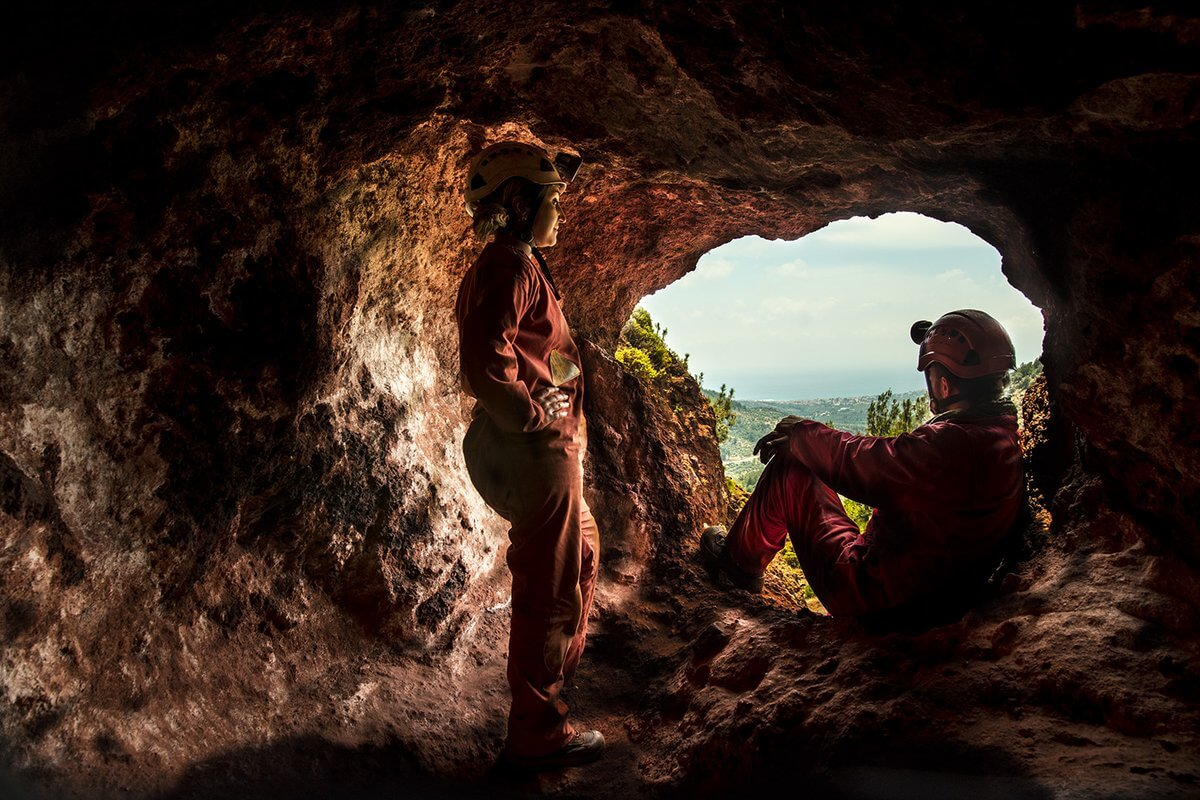The museum required a technology to help document its research, and chose BricsCAD as its partner of choice for this task.
Overview
The world’s largest mining museum, Deutsches Bergbau-Museum in Bochum, has had one goal since its inception in 1930 – to spread the knowledge and experience of mining.
No other research institution engages with mining research to the extent of the Deutsches Bergbau-Museum, the Leibniz Research Museum for Geo-resources. Not only does the museum host permanent exhibits but, by investing in the latest scientific innovations, it also carries out its own research, data and artefact collection and teaching.
A landmark project for the museum started back in the 1980 ́s on the Island of Thasos when the oldest underground mine in Europe - dating back to 20,000 BC - was first unearthed. Research at Thasos ́ old ochre mine has continued across the decades but the scale of what could be achieved was limited by complicated manual data collection and, more recently, antiquated software which lacked interoperability.
Challenge
To preserve the world’s industrial past, documentation of ancient mines is difficult. These sites are fragile and require unobtrusive technologies to carefully build the models and drawings required for restoration. It starts with collecting two-dimensional and three- dimensional spatial data designed explicitly for underground projects, 2D-line-scanners and a photo camera taking thousands of images. The multiple data outputs gathered require an open technology platform to build digital replicas which can be trusted and used as the foundation of actual research activities: the functional analysis of macrolithic tools and traces from the Palaeolithic ochre mine of Tzines.
Solution
This year, the museum has started using BricsCAD, a global design software provider, to support its unrelenting endeavour to build better virtual models at Thasos and plenty of other mines worldwide.
Gero Steffens at the Deutsches Bergbau-Museum comments: “CAD software has been a key pillar to our documentation work for over 20 years, but it has become harder to find the right partner to work with. The restrictive fee arrangements and proprietary platforms now offered by industry incumbents make it difficult for non-profit research institutes like us to document our research. We switched to BricsCAD this year after hearing about its ease of use and good reputation as a DWG-based alternative, information coming from archaeological institutes in the country that had made the move already. All existing documentation created with the legacy system used before are still usable with no restriction and we can continue to document our work properly, focusing on documenting other mines from up to before 3400 BC!”
At a time when all industries are going through a digital transformation, mining archaeological research must keep up by employing the right technology to enable their efforts to dig deeper and unearth more seamlessly.
In this short video, discover more about the Deutsches Bergbau-Museum's exploration of the oldest known underground mines in Europe.
Germany
Mining & Documentation
Deutsches Bergbau-Museum
- www.bergbaumuseum.de
